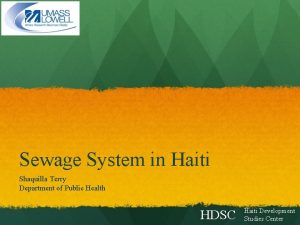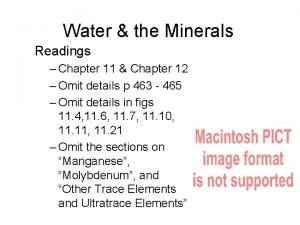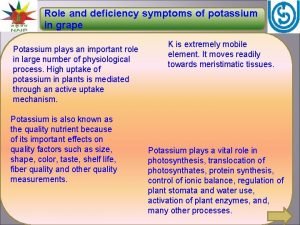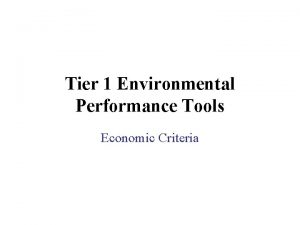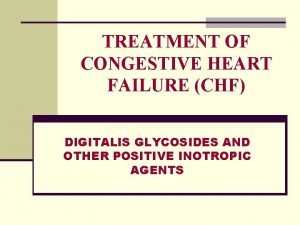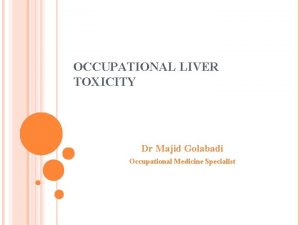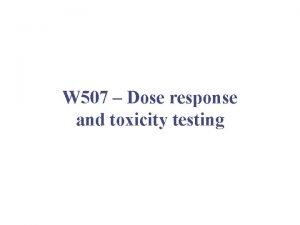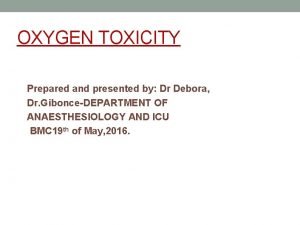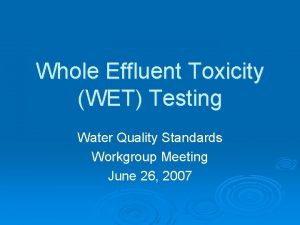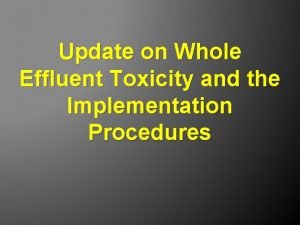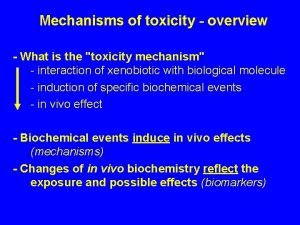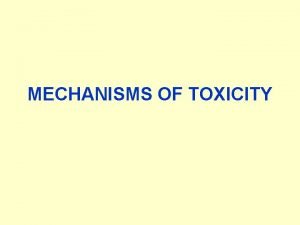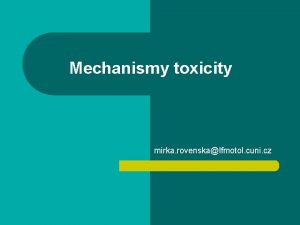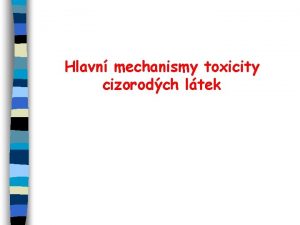WHOLE EFFLUENT TOXICITY WHOLE EFFLUENT TOXICITY What is














- Slides: 14

WHOLE EFFLUENT TOXICITY

WHOLE EFFLUENT TOXICITY What is whole effluent toxicity? - testing a wastewater discharge with aquatic organisms to assess the discharge's toxicity - WET is a standardized protocol (ex the Standard Methods

WHOLE EFFLUENT TOXICITY Understanding WET - An effluent may be complying with all the individual parameter limits but does it guarantee that it will not cause any detrimental effects of the aquatic organisms? - WET attempts to answer this question and quantify the effects - WET is an aquatic toxicity/bioassay test

WHOLE EFFLUENT TOXICITY Understanding WET - Acute test (24 to 96 hrs) - Chronic test (~ 7 days)

WET Freshwater Chronic Test Species Invertebrates: – Ceriodaphnia dubia Fish – Pimephales promelas - Fathead Minnow Algae – Selenastrum capricornutum

Test Data i. Typical dose response where mortality increases as the concentration of effluent in the mixture increases. ii. LC 50 would be somewhere between 25% effluent and 50% effluent. Control 0% Mortality 6. 25 % Effluent 0% mortality 12. 5 % Effluent 20 % Mortality 25. 0% Effluent 40% Mortality 50. 0% Effluent 100. 0% Effluent 80% Mortality 100% Mortality New Jersey Saline Acute Test Species

Test Result Calculated point estimate or a Pass fail test where a concentration, usually that which is considered a critical concentration of effluent in the receiving water or ambient toxicity test measured against a control Examples of Pass/Fail Acute test Instream waste concentration (IWC) = 75% statistical evaluation using a student-t test compares mortality rates of ambient or IWC sample against a control. Is there a “significant statistical difference between the two results” New Jersey Saline Acute Test Species

Grab vs. Composite u u u Grab samples offer “snap shot” of effluent Composite samples offer “average view” of effluent NJDEP requires sampling based on discharge type i. Continuous discharge – 24 hour composite sample ii. Intermittent discharge – grab or composite each day that is representative of discharge

Grab vs. Composite u Type of sample and frequency of collection is dependent upon the use of the data and the discharge the test is intended to represent. u Samples are not to be used after they have been held for 72 hours. u Samples are to be chilled during or immediately upon collection to 4 o. C.

WET Monitoring a fathead minnow test Opossum Shrimp Pimephales promelas

WET Procedures

Pimephales promelas Adults are small fish typically 43 mm to 102 mm, and averaging about 50 mm, in total length. Photo by Karen Mc. Cabe from Animal Soup

Tests Results in Canada http: //www. ec. gc. ca/

 Whole school whole community whole child model
Whole school whole community whole child model Effluent pumps haiti
Effluent pumps haiti Whole part whole practice
Whole part whole practice Zinc toxicity
Zinc toxicity Acetaminophen toxicity stages
Acetaminophen toxicity stages Potassium deficiency symptoms
Potassium deficiency symptoms Toxicity index
Toxicity index Mountains into molehills mass-mole conversions
Mountains into molehills mass-mole conversions Foxglove use
Foxglove use Hepatic toxicity
Hepatic toxicity Ghs pictogram depicts which hazard
Ghs pictogram depicts which hazard Definition of chronic toxicity
Definition of chronic toxicity Acute toxicity
Acute toxicity Anticholinergic toxicity
Anticholinergic toxicity Oxygen toxicity
Oxygen toxicity

